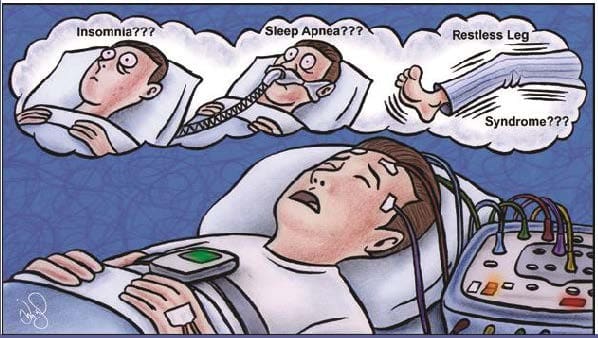When veterans file a VA disability claim, they expect to receive a rating tied to monthly compensation. However, there are instances when the Department of Veterans Affairs (VA) assigns a 0% disability rating, even if the condition is service-connected.
This non-compensable rating can feel frustrating, especially for veterans with multiple 0% VA ratings. Fortunately, there are still paths to obtaining compensation and accessing other valuable benefits.
How Do Non-Compensable Ratings Work?
Once the VA determines that a disability is service-connected, it assigns a rating based on the severity of the condition. Ratings typically increase in increments of 10%, but some disabilities are deemed non-compensable and automatically receive a 0% rating.
What Does a 0% Rating Mean?
A 0% VA rating means:
- The VA acknowledges the condition is service-connected.
- You do not receive monthly disability compensation.
-
You are still eligible for other VA benefits, such as:
- VA health care
- Life insurance
- Travel cost reimbursements for medical appointments at VA facilities
If you have multiple 0% ratings, the VA uses combined ratings math to determine an overall disability percentage. You can calculate your potential combined rating using our VA Disability Calculator.
How Can Veterans Obtain Compensation Benefits?
If you have two or more non-compensable disabilities that affect your ability to work, you may still qualify for compensation under 38 CFR § 3.324.
What the Regulation Says:
“Whenever a veteran is suffering from two or more separate permanent service-connected disabilities of such character as clearly to interfere with normal employability, even though none of the disabilities may be of compensable degree…the rating agency is authorized to apply a 10-percent rating.”
What does this mean?
This 10% rating provides some level of compensation for disabilities that, while minor individually, collectively impact your ability to work.
If your multiple 0% VA-rated disabilities clearly interfere with employability, the VA can assign you a 10% rating.
Why Are Some Disabilities Rated at 0%?
There are three key reasons a veteran may receive a 0% disability rating:
- Multiple Non-Compensable Disabilities: Even when service-connected, minor disabilities may not warrant compensation individually.
- Non-Compensable Disabilities: Certain conditions cannot receive a rating higher than 0%, as determined by the VA rating schedule.
- Insufficient Symptoms: A condition may be compensable under the VA guidelines, but if the veteran does not meet the requirements for a higher rating, the VA assigns a 0% rating.
Proving Your Disabilities and Claiming Compensation
Veterans with multiple 0% VA ratings must take proactive steps to secure the compensation they’re entitled to. The 10% rating under 38 CFR § 3.324 is not automatic, and veterans must provide clear evidence of how their disabilities impact their ability to work.
Evidence to Strengthen Your Claim:
- Medical records showing diagnosis, treatment, and ongoing symptoms.
- Statements from employers describing how your condition affects job performance.
- Lay statements from family, friends, or co-workers who have witnessed how the disabilities impact your daily life.
Collecting and submitting this evidence helps demonstrate how the combination of your 0% disabilities interferes with your employability.
Important Limitations to Know
Your compensation will be based on the new rating, not the previous 10% for multiple disabilities.
The maximum compensation for multiple non-compensable disabilities is 10%.
If you later receive a compensable rating of 10% or higher for a single disability, the combined 10% rating for non-compensable disabilities will be removed.
While a 0% VA rating may initially seem discouraging, veterans with multiple non-compensable disabilities still have options. By gathering evidence and understanding VA regulations like 38 CFR § 3.324, you can pursue compensation and ensure your service-connected conditions are recognized.
Stay Informed with the VETS Advantage
Navigating VA disability claims can be challenging, but the VETS Advantage newsletter can help. Delivered weekly, it provides expert guidance, tips, and valuable information to help veterans file strong claims and understand their benefits.
Join today to stay updated and take control of your VA claims journey! Sign up now.


